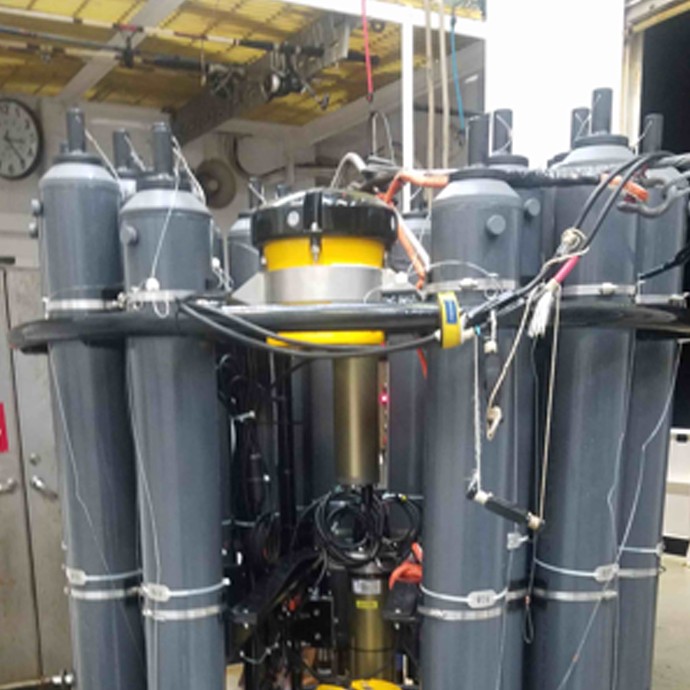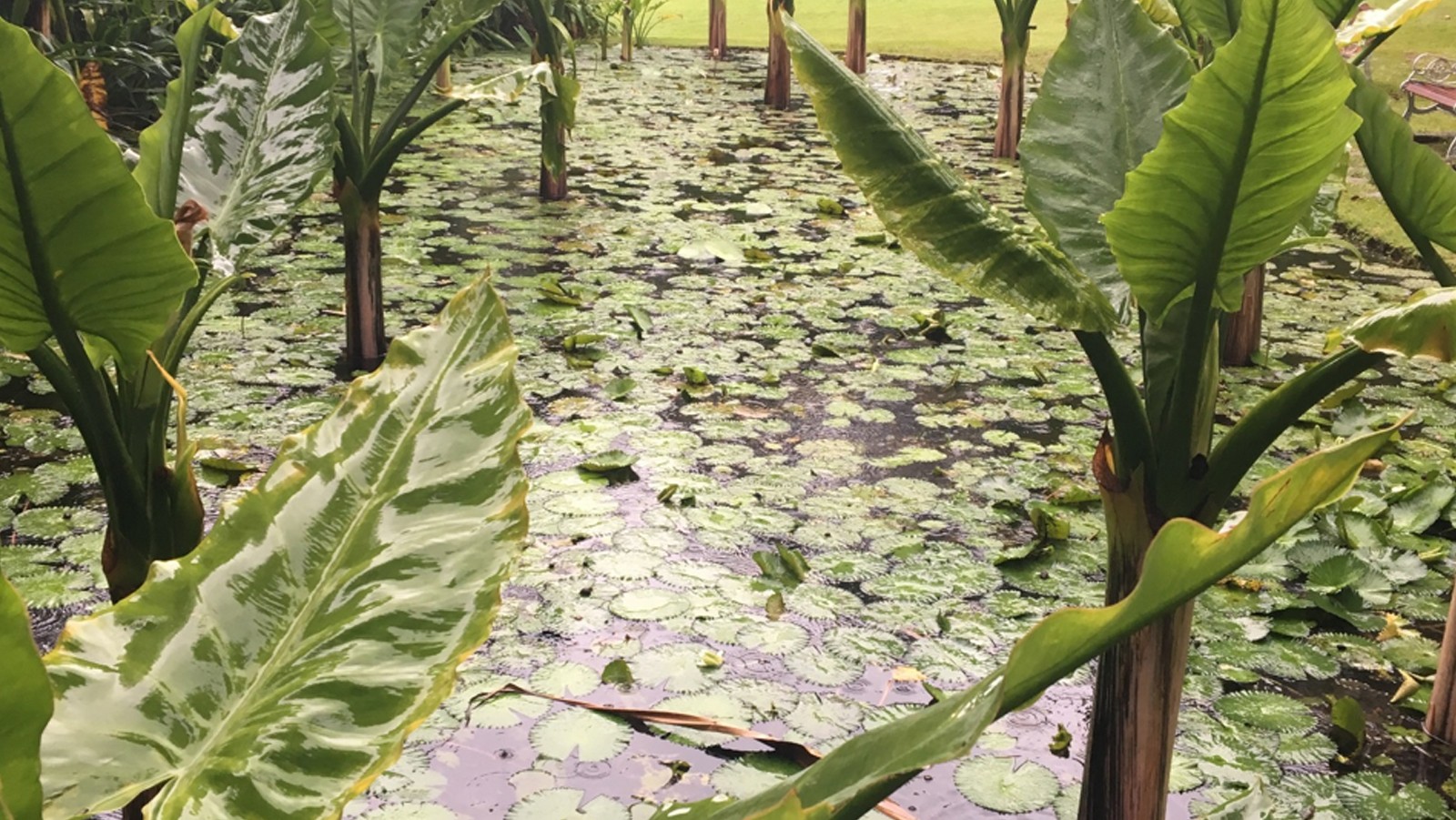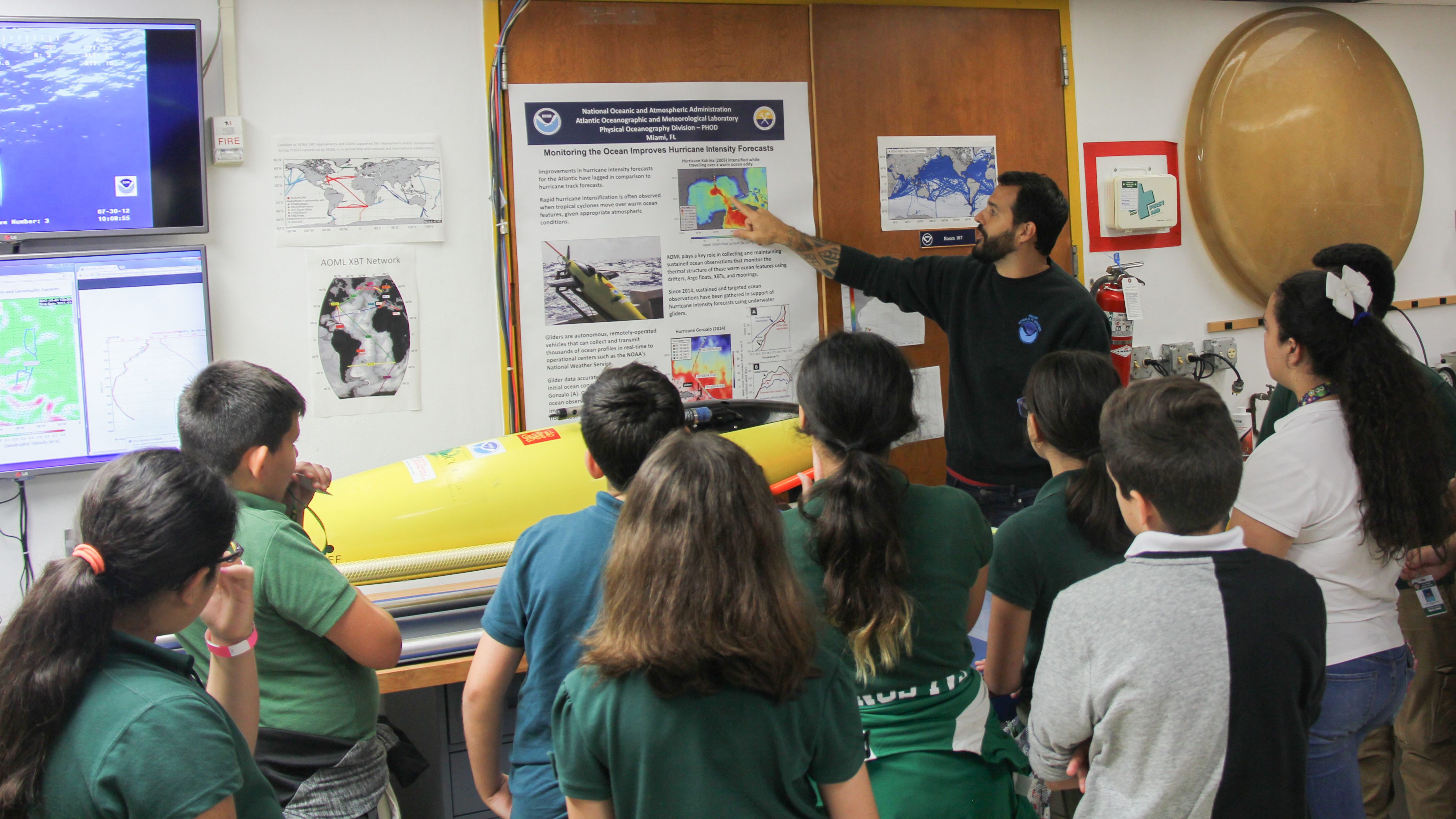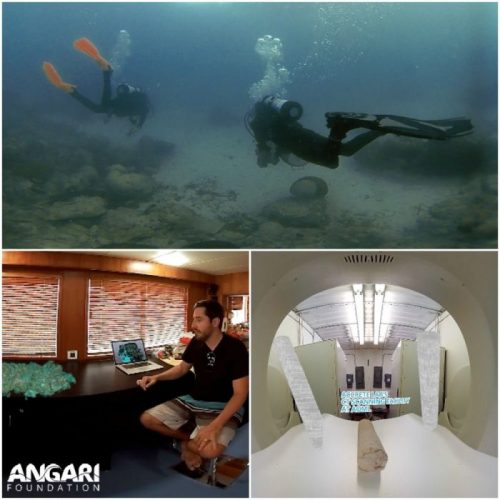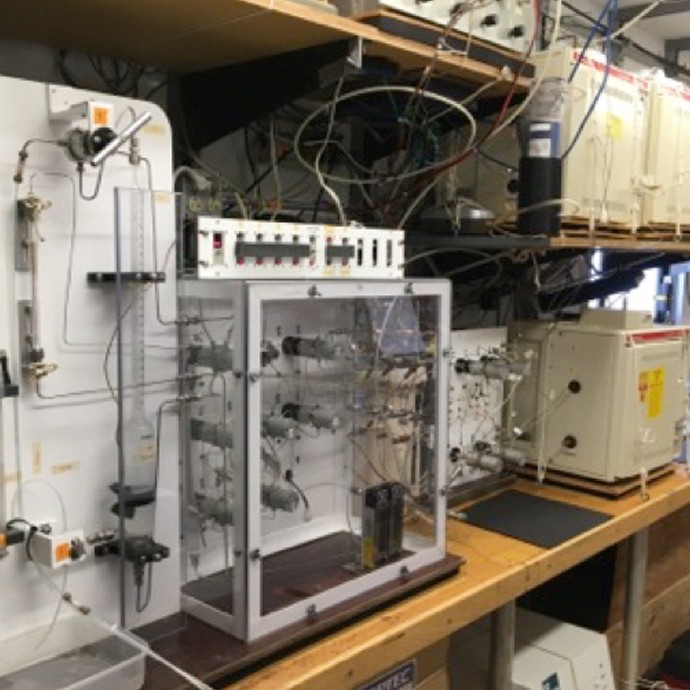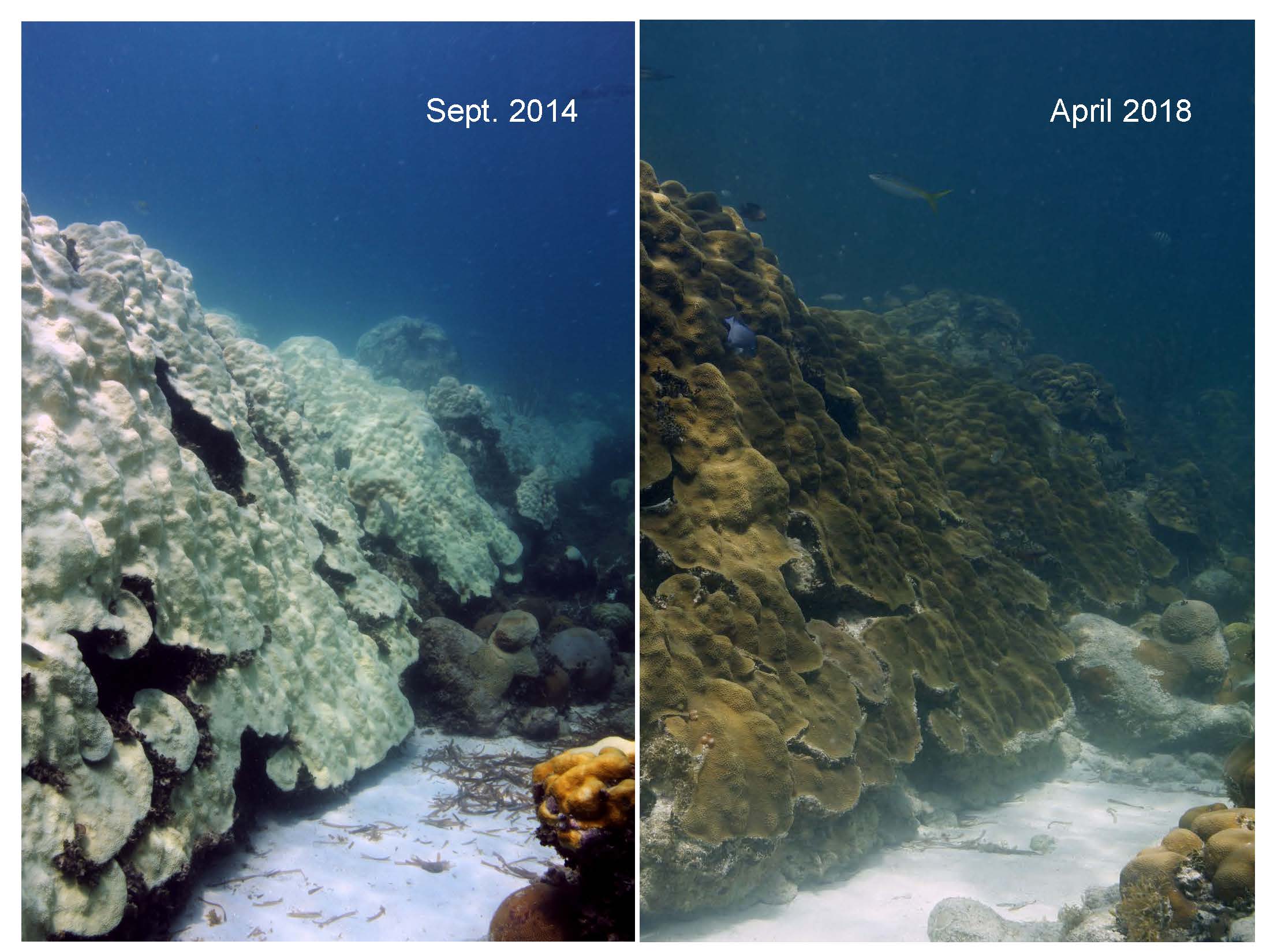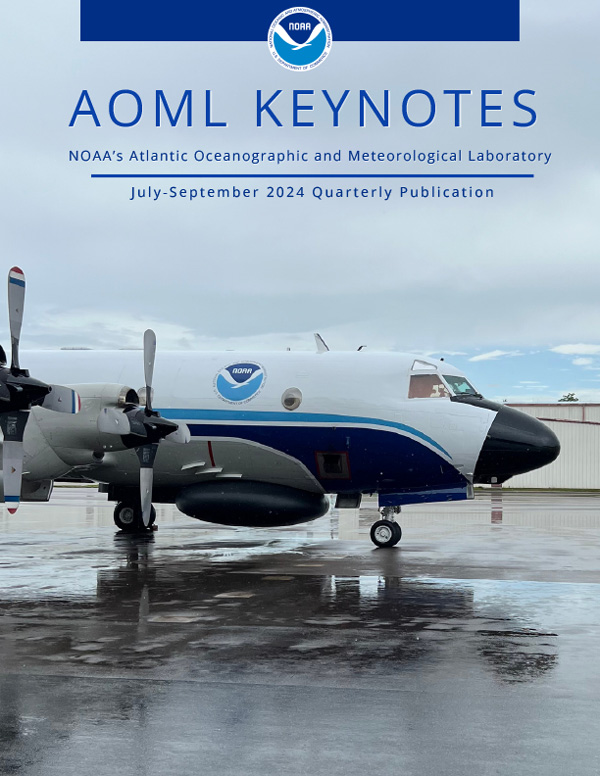Live Science Update: The Biome Beneath the Surface
Below the surface of our ocean there is another, smaller world that moves fast and breathes in and out with the ocean. Zooplankton communities likely create the fastest source of sinking carbon to the deeper ocean, and studying this process can help us understand more about the carbon cycle and how it affects us. Victoria Coles, Scientist aboard the NOAA Ship Ronald H. Brown, can tell you more in her post “Biome Beneath the Surface.”


